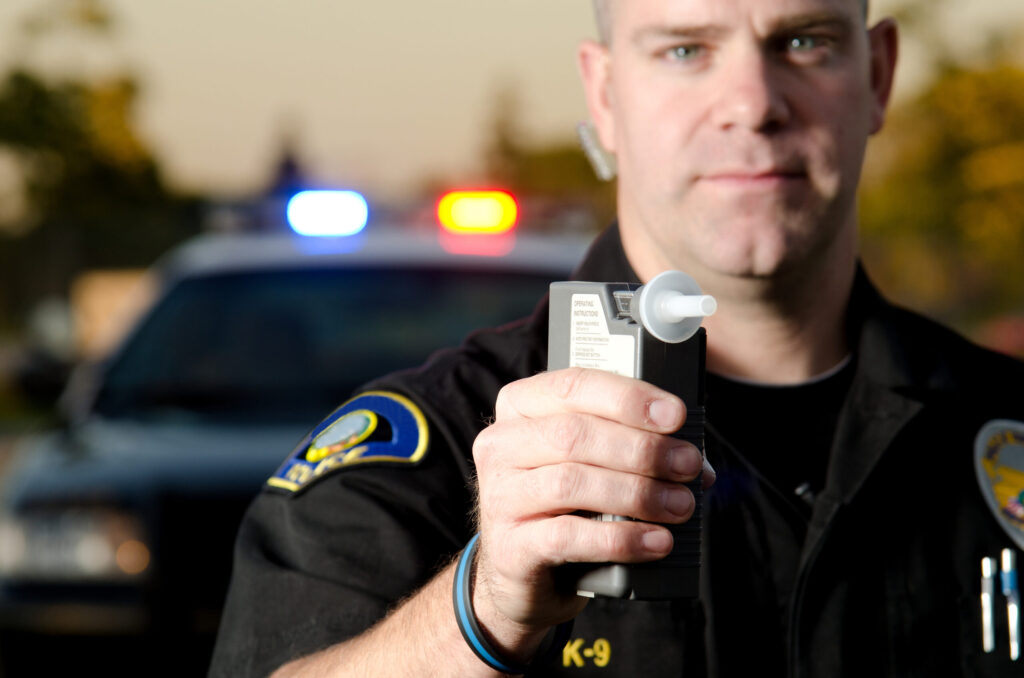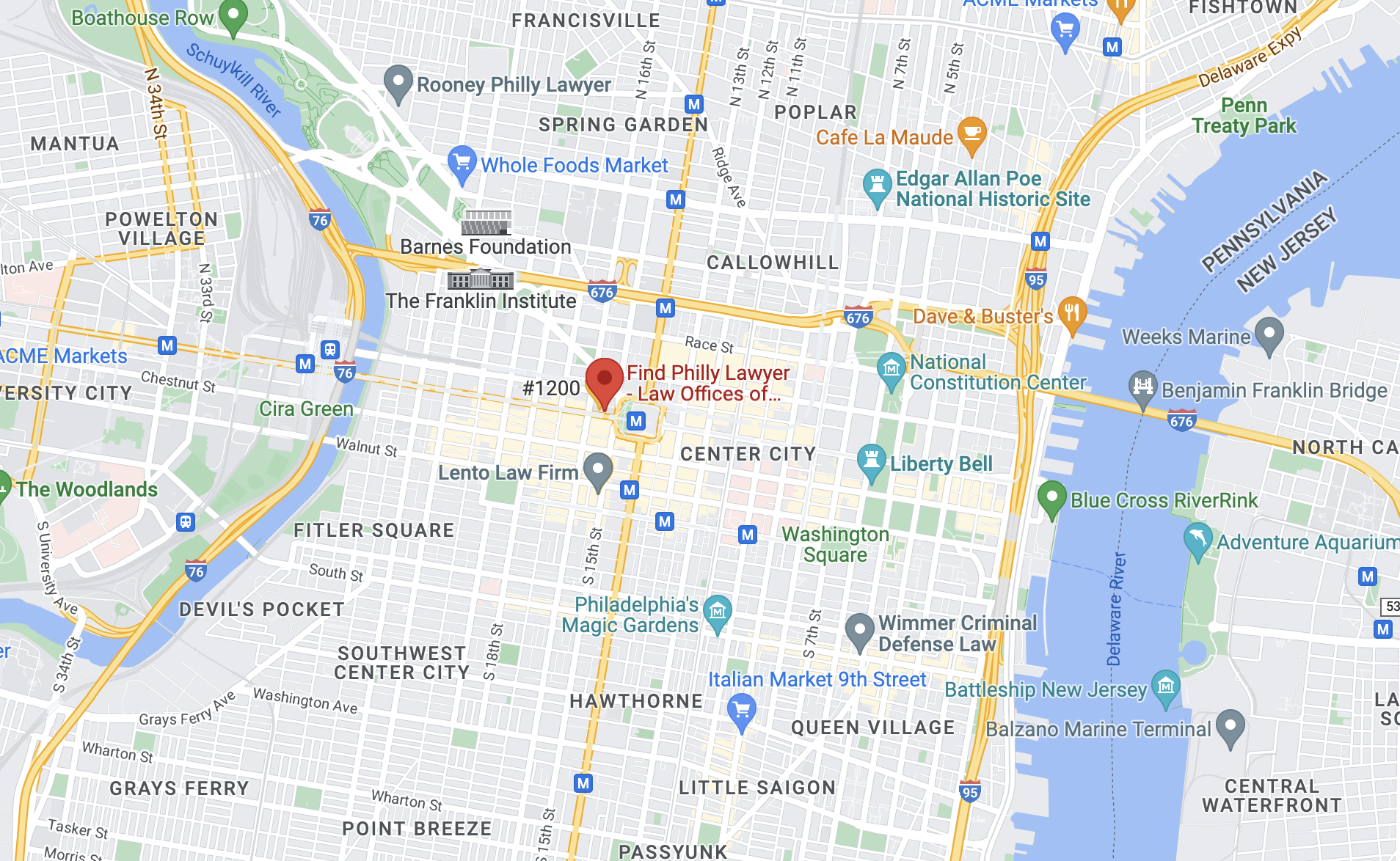Police officers are not allowed to use a greater degree of force than necessary. But when does “reasonable force” cross the line, and slide into the realm of excessive force? Where is the boundary between an appropriate response, and outright police brutality? A standard called the “Use of Force Continuum” can help to answer that question. In this blog post, our Philadelphia lawyers for assault on a police officer will explain how the Use of Force Continuum works, and what to do if you were a victim of excessive force or other police misconduct.
What is Necessary Use of Force by Police?
As noted by a 1999 report titled “Use of Force by Police: Overview of National and Local Data,” compiled jointly by the National Institute of Justice (NIJ) and the Bureau of Justice Statistics (BJS), “Officers are trained to use force progressively along a continuum, and policy requires that officers use the least amount of force necessary to accomplish their goals.”
This is commonly known as a “Use of Force Continuum.” As the level of danger increases, so does the degree of force which is considered permissible.
While there is no single, nationally-accepted Use of Force Continuum, the NIJ does provide an example model based on the common features of many departments’ continuums. This NIJ model is divided into five levels of force.
The NIJ-BJS report uncovered mixed findings — some of which are concerning.
On one hand, the report stated that the “pattern of tactic use that emerged corresponds to the traditional use-of-force continuum,” adding there were “very few exceptions” involving significant deviations from the continuum. The report also states that “the tactic listed as the first used is almost always the lowest level of force: a verbal command (used in 96% of incidents).”
However, despite finding that officers generally comply with the continuum, the report also determined some startling trends. For example, the report makes the following statements:
Apparently, continuum adherence breaks down more often in incidents when four types of force are necessary. This becomes even more apparent in situations when five or six types of force are used by the officer. In these situations, the use of force is more scattered and distributed along the more severe end of the continuum.
More alarmingly, the report also found the following:
The chances of suspect injury are significant no matter what type of force is used by the police… A suspect is more likely to suffer injury if struck with a fist than with a PR-24 police baton. In any event, the chances of a suspect being injured are greatest when the officer uses his fists, hands, arms, feet, or legs during the encounter.
If you were injured by the use of excessive force, or if your civil rights were violated by a police officer in the PPD, you should strongly consider retaining an experienced criminal attorney in Philadelphia.
Contact Our Philadelphia Criminal Defense Lawyers if You Were Arrested
The majority of investigations into whether an incident constitutes police brutality do not yield favorable results for the complainant, which highlights the importance of having aggressive legal representation on your side. Our Philadelphia and Bucks County criminal defense attorneys are committed to tenacious client advocacy, and will fight for justice and accountability even if your case must go to trial.
To start exploring your options in a completely free and confidential legal consultation, call Delaware County criminal defense lawyer Long at (215) 882-9752.





 Liberty Law Team
Liberty Law Team  (215) 826-3314
(215) 826-3314 lonny@libertylawteam.com
lonny@libertylawteam.com





